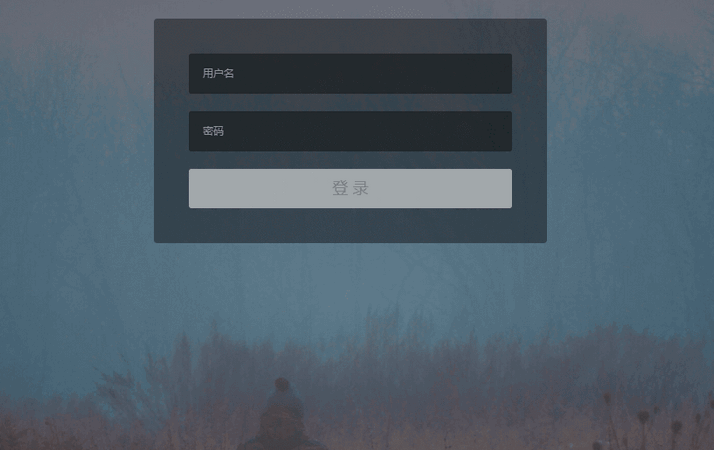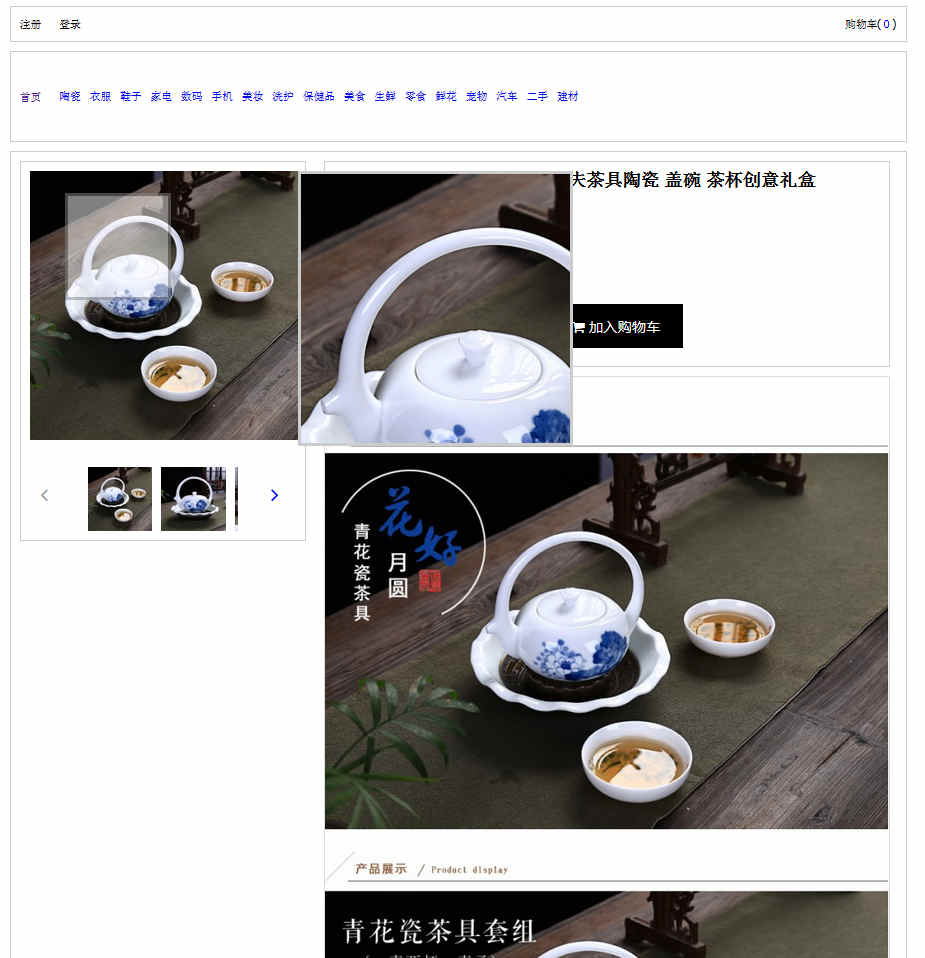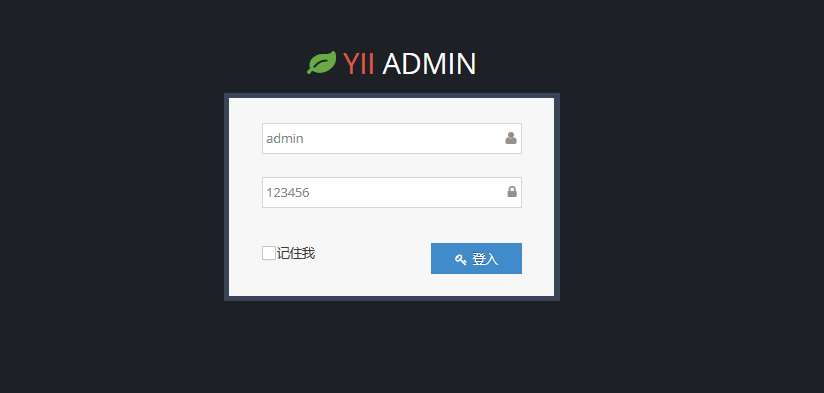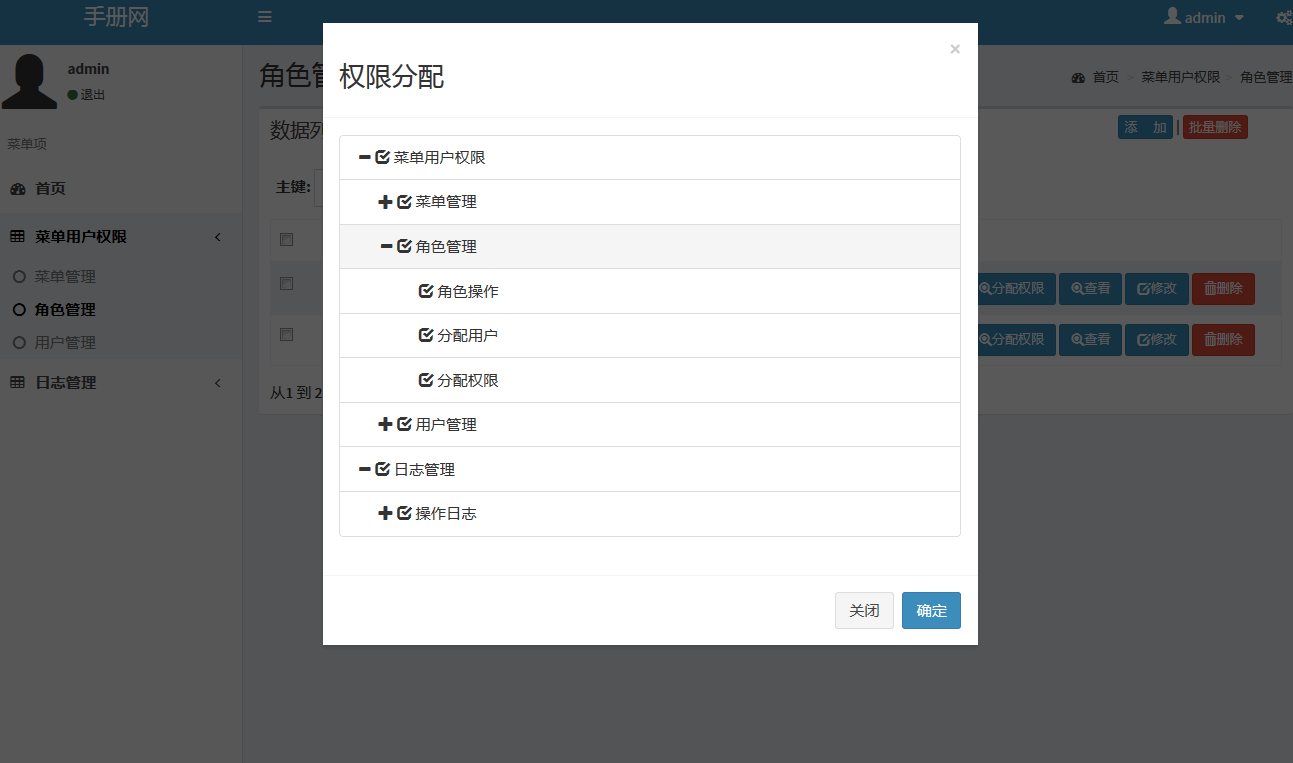Android OpenGL ES 简明开发教程六: 真正的3D图形
前面的例子尽管使用了OpenGL ES 3D图形库,但绘制的还是二维图形(平面上的正方形)。Mesh(网格,三角面)是构成空间形体的基本元素,前面的正方形也是有两个Mesh构成的。本篇将介绍使用Mesh构成四面体,椎体等基本空间形体。
Design设计
在使用OpenGL 框架时一个好的设计原则是使用“Composite Pattern”,本篇采用如下设计:
首先定义一个基类 Mesh,所有空间形体最基本的构成元素为Mesh(三角形网格) ,其基本定义如下:
- public class Mesh {
- // Our vertex buffer.
- private FloatBuffer verticesBuffer = null;
- // Our index buffer.
- private ShortBuffer indicesBuffer = null;
- // The number of indices.
- private int numOfIndices = -1;
- // Flat Color
- private float[] rgba
- = new float[] { 1.0f, 1.0f, 1.0f, 1.0f };
- // Smooth Colors
- private FloatBuffer colorBuffer = null;
- // Translate params.
- public float x = 0;
- public float y = 0;
- public float z = 0;
- // Rotate params.
- public float rx = 0;
- public float ry = 0;
- public float rz = 0;
- public void draw(GL10 gl) {
- // Counter-clockwise winding.
- gl.glFrontFace(GL10.GL_CCW);
- // Enable face culling.
- gl.glEnable(GL10.GL_CULL_FACE);
- // What faces to remove with the face culling.
- gl.glCullFace(GL10.GL_BACK);
- // Enabled the vertices buffer for writing and
- //to be used during
- // rendering.
- gl.glEnableClientState(GL10.GL_VERTEX_ARRAY);
- // Specifies the location and data format
- //of an array of vertex
- // coordinates to use when rendering.
- gl.glVertexPointer(3, GL10.GL_FLOAT, 0, verticesBuffer);
- // Set flat color
- gl.glColor4f(rgba[0], rgba[1], rgba[2], rgba[3]);
- // Smooth color
- if (colorBuffer != null) {
- // Enable the color array buffer to be
- //used during rendering.
- gl.glEnableClientState(GL10.GL_COLOR_ARRAY);
- gl.glColorPointer(4, GL10.GL_FLOAT, 0, colorBuffer);
- }
- gl.glTranslatef(x, y, z);
- gl.glRotatef(rx, 1, 0, 0);
- gl.glRotatef(ry, 0, 1, 0);
- gl.glRotatef(rz, 0, 0, 1);
- // Point out the where the color buffer is.
- gl.glDrawElements(GL10.GL_TRIANGLES, numOfIndices,
- GL10.GL_UNSIGNED_SHORT, indicesBuffer);
- // Disable the vertices buffer.
- gl.glDisableClientState(GL10.GL_VERTEX_ARRAY);
- // Disable face culling.
- gl.glDisable(GL10.GL_CULL_FACE);
- }
- protected void setVertices(float[] vertices) {
- // a float is 4 bytes, therefore
- //we multiply the number if
- // vertices with 4.
- ByteBuffer vbb
- = ByteBuffer.allocateDirect(vertices.length * 4);
- vbb.order(ByteOrder.nativeOrder());
- verticesBuffer = vbb.asFloatBuffer();
- verticesBuffer.put(vertices);
- verticesBuffer.position(0);
- }
- protected void setIndices(short[] indices) {
- // short is 2 bytes, therefore we multiply
- //the number if
- // vertices with 2.
- ByteBuffer ibb
- = ByteBuffer.allocateDirect(indices.length * 2);
- ibb.order(ByteOrder.nativeOrder());
- indicesBuffer = ibb.asShortBuffer();
- indicesBuffer.put(indices);
- indicesBuffer.position(0);
- numOfIndices = indices.length;
- }
- protected void setColor(float red, float green,
- float blue, float alpha) {
- // Setting the flat color.
- rgba[0] = red;
- rgba[1] = green;
- rgba[2] = blue;
- rgba[3] = alpha;
- }
- protected void setColors(float[] colors) {
- // float has 4 bytes.
- ByteBuffer cbb
- = ByteBuffer.allocateDirect(colors.length * 4);
- cbb.order(ByteOrder.nativeOrder());
- colorBuffer = cbb.asFloatBuffer();
- colorBuffer.put(colors);
- colorBuffer.position(0);
- }
- }
- setVertices 允许子类重新定义顶点坐标。
- setIndices 允许子类重新定义顶点的顺序。
- setColor /setColors允许子类重新定义颜色。
- x,y,z 定义了平移变换的参数。
- rx,ry,rz 定义旋转变换的参数。
Plane
有了Mesh定义之后,再来构造Plane,plane可以有宽度,高度和深度,宽度定义为沿X轴方向的长度,深度定义为沿Z轴方向长度,高度为Y轴方向。
 Segments为形体宽度,高度,深度可以分成的份数。 Segments在构造一个非均匀分布的Surface特别有用,比如在一个游戏场景中,构造地貌,使的Z轴的值随机分布在-0.1到0.1之间,然后给它渲染好看的材质就可以造成地图凹凸不平的效果。
Segments为形体宽度,高度,深度可以分成的份数。 Segments在构造一个非均匀分布的Surface特别有用,比如在一个游戏场景中,构造地貌,使的Z轴的值随机分布在-0.1到0.1之间,然后给它渲染好看的材质就可以造成地图凹凸不平的效果。
 上面图形中Segments为一正方形,但在OpenGL中我们需要使用三角形,所有需要将Segments分成两个三角形。为Plane 定义两个构造函数:
上面图形中Segments为一正方形,但在OpenGL中我们需要使用三角形,所有需要将Segments分成两个三角形。为Plane 定义两个构造函数:
// Let you decide the size of the plane but still only one segment.
public Plane(float width, float height)
// For alla your settings.
public Plane(float width, float height, int widthSegments, int heightSegments)
比如构造一个1 unit 宽和 1 unit高,并分成4个Segments,使用图形表示如下:
 左边的图显示了segments ,右边的图为需要创建的Face(三角形)。
左边的图显示了segments ,右边的图为需要创建的Face(三角形)。
Plane类的定义如下:
- public class Plane extends Mesh {
- public Plane() {
- this(1, 1, 1, 1);
- }
- public Plane(float width, float height) {
- this(width, height, 1, 1);
- }
- public Plane(float width, float height, int widthSegments,
- int heightSegments) {
- float[] vertices
- = new float[(widthSegments + 1)
- * (heightSegments + 1) * 3];
- short[] indices
- = new short[(widthSegments + 1)
- * (heightSegments + 1)* 6];
- float xOffset = width / -2;
- float yOffset = height / -2;
- float xWidth = width / (widthSegments);
- float yHeight = height / (heightSegments);
- int currentVertex = 0;
- int currentIndex = 0;
- short w = (short) (widthSegments + 1);
- for (int y = 0; y < heightSegments + 1; y++) {
- for (int x = 0; x < widthSegments + 1; x++) {
- vertices[currentVertex] = xOffset + x * xWidth;
- vertices[currentVertex + 1] = yOffset + y * yHeight;
- vertices[currentVertex + 2] = 0;
- currentVertex += 3;
- int n = y * (widthSegments + 1) + x;
- if (y < heightSegments && x < widthSegments) {
- // Face one
- indices[currentIndex] = (short) n;
- indices[currentIndex + 1] = (short) (n + 1);
- indices[currentIndex + 2] = (short) (n + w);
- // Face two
- indices[currentIndex + 3] = (short) (n + 1);
- indices[currentIndex + 4] = (short) (n + 1 + w);
- indices[currentIndex + 5] = (short) (n + 1 + w - 1);
- currentIndex += 6;
- }
- }
- }
- setIndices(indices);
- setVertices(vertices);
- }
- }
Cube
下面来定义一个正方体(Cube),为简单起见,这个四面体只可以设置宽度,高度,和深度,没有和Plane一样提供Segments支持。
- public class Cube extends Mesh {
- public Cube(float width, float height, float depth) {
- width /= 2;
- height /= 2;
- depth /= 2;
- float vertices[] = { -width, -height, -depth, // 0
- width, -height, -depth, // 1
- width, height, -depth, // 2
- -width, height, -depth, // 3
- -width, -height, depth, // 4
- width, -height, depth, // 5
- width, height, depth, // 6
- -width, height, depth, // 7
- };
- short indices[] = { 0, 4, 5,
- 0, 5, 1,
- 1, 5, 6,
- 1, 6, 2,
- 2, 6, 7,
- 2, 7, 3,
- 3, 7, 4,
- 3, 4, 0,
- 4, 7, 6,
- 4, 6, 5,
- 3, 0, 1,
- 3, 1, 2, };
- setIndices(indices);
- setVertices(vertices);
- }
- }
Group
Group可以用来管理多个空间几何形体,如果把Mesh比作Android的View ,Group可以看作Android的ViewGroup,Android的View的设计也是采用的“Composite Pattern”。
Group的主要功能是把针对Group的操作(如draw)分发到Group中的每个成员对应的操作(如draw)。
Group定义如下:
- public class Group extends Mesh {
- private Vector<Mesh> children = new Vector<Mesh>();
- @Override
- public void draw(GL10 gl) {
- int size = children.size();
- for( int i = 0; i < size; i++)
- children.get(i).draw(gl);
- }
- /**
- * @param location
- * @param object
- * @see java.util.Vector#add(int, java.lang.Object)
- */
- public void add(int location, Mesh object) {
- children.add(location, object);
- }
- /**
- * @param object
- * @return
- * @see java.util.Vector#add(java.lang.Object)
- */
- public boolean add(Mesh object) {
- return children.add(object);
- }
- /**
- *
- * @see java.util.Vector#clear()
- */
- public void clear() {
- children.clear();
- }
- /**
- * @param location
- * @return
- * @see java.util.Vector#get(int)
- */
- public Mesh get(int location) {
- return children.get(location);
- }
- /**
- * @param location
- * @return
- * @see java.util.Vector#remove(int)
- */
- public Mesh remove(int location) {
- return children.remove(location);
- }
- /**
- * @param object
- * @return
- * @see java.util.Vector#remove(java.lang.Object)
- */
- public boolean remove(Object object) {
- return children.remove(object);
- }
- /**
- * @return
- * @see java.util.Vector#size()
- */
- public int size() {
- return children.size();
- }
- }
其它建议
上面我们定义里Mesh, Plane, Cube等基本空间几何形体,对于构造复杂图形(如人物),可以预先创建一些通用的几何形体,如果在组合成较复杂的形体。除了上面的基本形体外,可以创建如Cone,Pryamid, Cylinder等基本形体以备后用。
 示例代码下载,显示结果如下:
示例代码下载,显示结果如下:
- 没有章节















